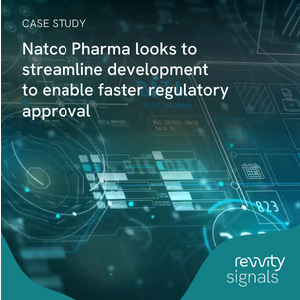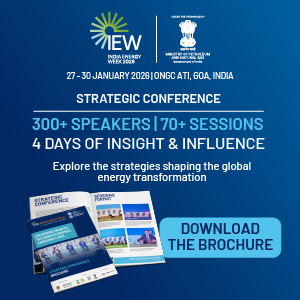Gallery
June 24, 2022
We have built a world class facility for manufacturing process plants : M V RAO, Managing Director, Fenix Process Technologies
Interview with M V RAO, Managing Director, Fenix Process Technologies Pvt Ltd
June 24, 2022
We do complete process designing of heat exchangers in-house : Mehul Mehta, Director, Kinam Engineering
Interview with MEHUL MEHTA, Director, Kinam Engineering Industries
June 23, 2022
We are working on specific coating requirements of India market which are sustainable and eco-friendly says Team Evonik
Interview with Rajendra Sahasrabuddhe, Business Director (Crosslinkers); Manoj Pillai, Business Director, (BL - Coating Additives); Rajesh Narayanan, Associate Business Director (Silanes); Mayuri Mengle, Business Manager (Coating & Adhesive Resins, Evonik India Pvt. Ltd
June 23, 2022
As an organization, we like to stay ahead in terms of technology adoption : Pranay S. Garg, MD, Advance Valves
Interview with PRANAY S. GARG, Managing Director, Advance Valves
June 22, 2022
Interview with Dr. Kanak Lata Saxena & Vivek Saxena, Anuvi Chemicals Ltd.
Interview with Dr. Kanak Lata Saxena, Managing Director, Anuvi Chemicals Ltd. Vivek Saxena, Director, Anuvi Chemicals Ltd.
June 22, 2022
Interview with Chintan Turakhia, Director, Pumpsquare Systems
Interview with Chintan Turakhia, Director, Pumpsquare Systems
June 22, 2022
Our products play a critical role in process safety operations : Frank Weber, CEO - EMEA & APAC, TEADIT Group
Interview with FRANK WEBER, CEO – EMEA & Asia Pacific, TEADIT Group
June 21, 2022
We see India as a high growth market says Knud Mohr, Regional President, Brenntag Specialities Asia Pacific
Interview with Knud Mohr, Regional President, Brenntag Specialities Asia Pacific Pte. Ltd.
June 20, 2022
Interview with Taner Bicer, President - Chemicals Division, hubergroup
Potential customers are very keen to hear that our production hubs are in India and we are offering the same quality to the world.
June 20, 2022
India's paint industry eying next level of growth from rural segment : Balu Kuppuswamy, General Manager - Asia Dispensing, IDEX India Pvt. Ltd.
We are planning a greenfield project in Sanand and this would be completed by the end of this year. We are investing close to Rs. 500 crore in phases and the capacity would be more than doubled then what we have in the existing facility.


















